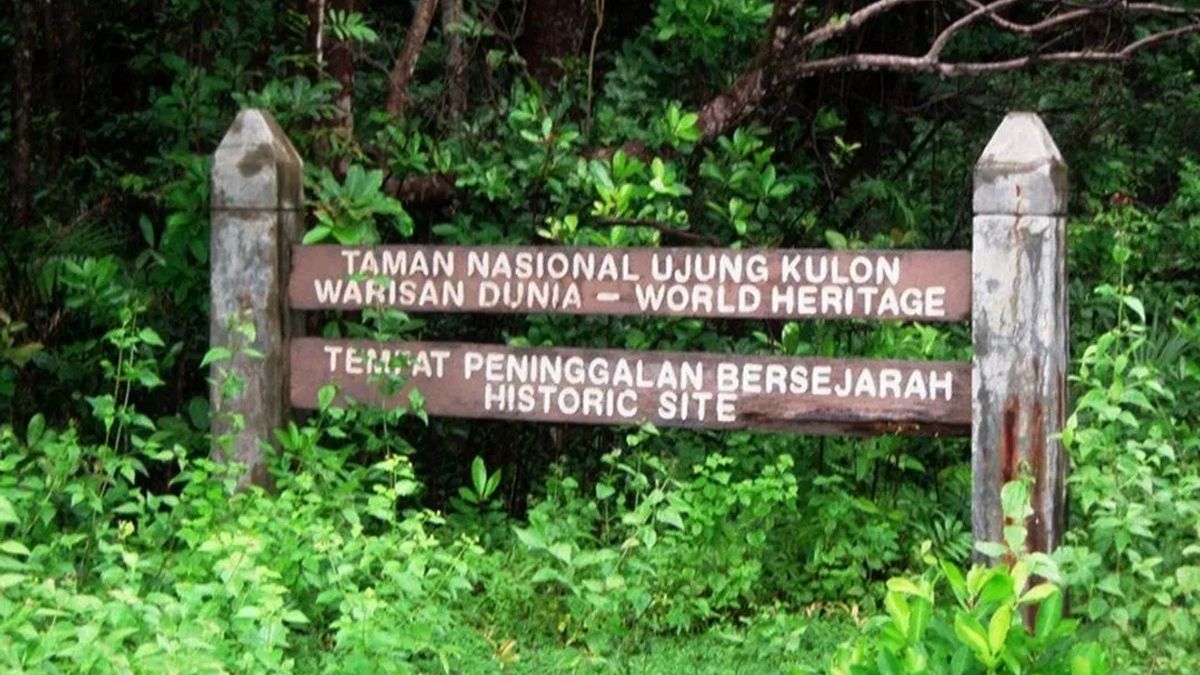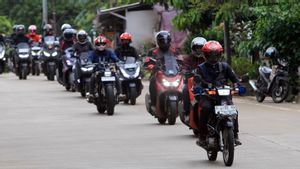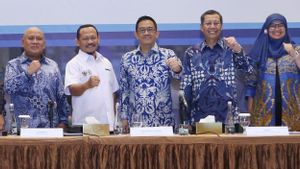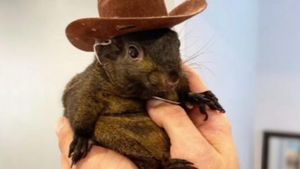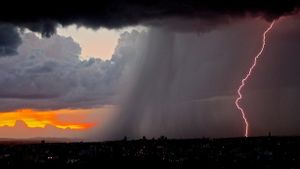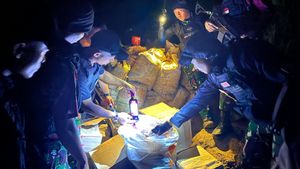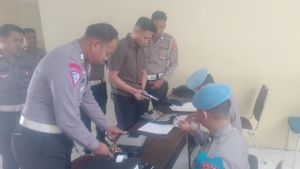JAKARTA – History today, 85 years ago, June 24, 1937, Ujung Kulon was designated a wildlife sanctuary. The Dutch East Indies colonial government wanted to make Ujung Kulon in Banten an area to save animals and their habitats.
This effort was made because previously the Netherlands had perpetuated the hunting of wild and wild animals for a long time. Especially in Batavia. Every day the opening of new land, hunting is carried out. Not infrequently the Dutch even held hunting competitions. The number of animals is also decreasing.
Many stories emerge from the early Dutch rule in Batavia. Long ago, the area around Batavia was still a wilderness. This condition made the Dutch in Batavia afraid to travel far from the city. The reason is not only the fear of being robbed, but because of the threat from wild animals.

The Dutch at that time were afraid of being attacked by wild animals that were still roaming wild. From crocodiles to tigers. The death rate due to being attacked by wild animals is quite high. Even the Dutch trading airlines, the VOC did not remain silent. They held a competition with prizes for anyone who could catch or hunt a tiger. This activity became popular with the residents of Batavia.
The Dutch historian Hendrik E. Niemeijer revealed that in the 1640s, once a month the bodies of tigers were often displayed in the castle field. What Hendrik said is in accordance with Kasteel Batavia's Diary. However, the threat of wild beasts did not go away.
As a solution, the Company also perpetuated massive hunting. For example in 1644. The Company mobilized about 800 people to carry out the hunt. Among them consisted of 20 horsemen, 100 soldiers, 50 slaves and the rest were Dutch citizens and natives.

“After 1644 the threat of wild beasts still lurks those who step outside the city walls or who board boats. They have to be wary of the dozens of crocodiles and snakes found in the Ciliwung river and its tributaries, which often makes cruisers rush to row their boats back to the city walls.”
“Once a month these wild animals are also caught and displayed in the castle field and dragged to the front of the governor general's house. These wild animals are not only found in the Ciliwung, Krukut, or Angke rivers, but also in ditches and outside city walls,” said Hendrik E. Niemeijer in the book Batavia of the Colonial Society of the XVII Century (2012).
After that, the hunting intensified. Massive land clearing from the VOC era to the Dutch East Indies colonial government was the estuary. This means that every time there is land clearing, the hunting of animals – from wild animals to wild animals – increases.

Automatic hunting activities make the animal population decrease. In Ujung Kulon for example. The location where the Javan rhino and other animals live is not in good condition. The botanist who is also a pioneer in protecting the archipelago's nature, Sijfert Hendrik Kooders is concerned. He also asked the Netherlands to make Ujung Kulon a wildlife sanctuary. The Netherlands also agreed on June 24, 1937.
“In 1890, Sijfert Hendrik Kooders conducted research and exploration of forests and animals in Java. one of them is in Ujung Kulon. According to him, Ujung Kulon still has a variety of flora and fauna. He recommended that Ujung Kulon be used as a nature protection area. It was on this recommendation that in 1921 the governor general of the Dutch East Indies designated Ujung Kulon as a Natuurnomumenten (nature monument).”
“The embedding of the Natuurnomumenten status does not reduce hunting in Ujung Kulon. The conservationists also asked the governor general to adopt a policy of reducing hunting. At this urging, on June 24, 1937, the Dutch East Indies authorities changed the status of Ujung Kulon to a wildlife sanctuary. The hope is that this area is really an area for saving animals and their habitats," concluded Pungky Widiaryanto in the book Indonesian National Park: The National Heritage Jewel (2021).
The English, Chinese, Japanese, Arabic, and French versions are automatically generated by the AI. So there may still be inaccuracies in translating, please always see Indonesian as our main language. (system supported by DigitalSiber.id)
